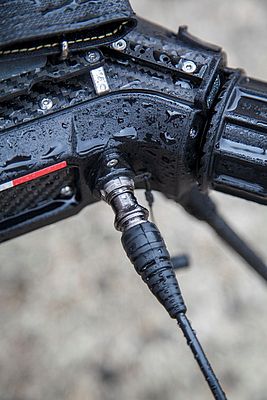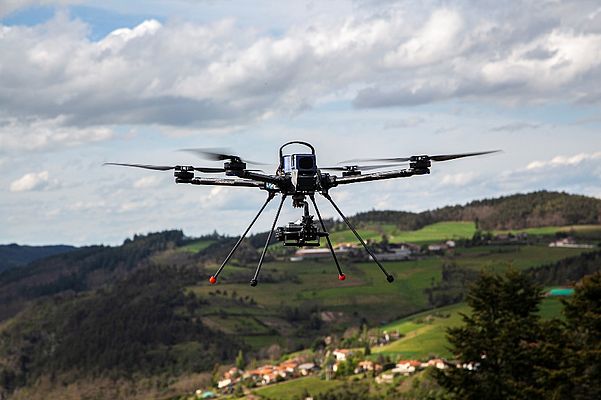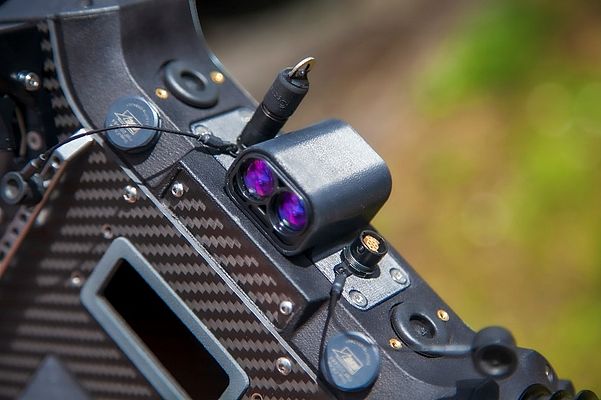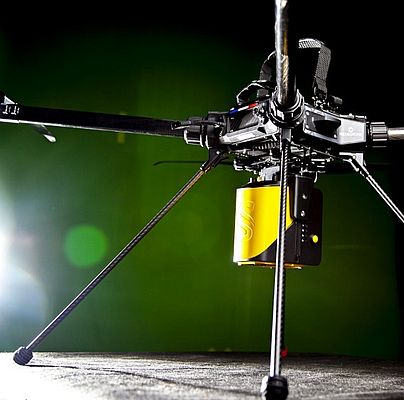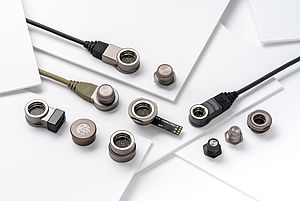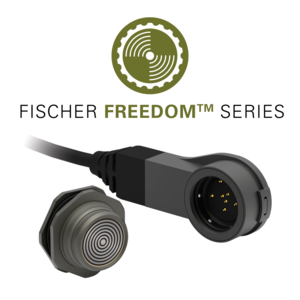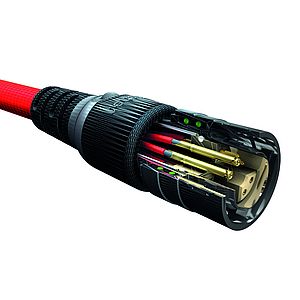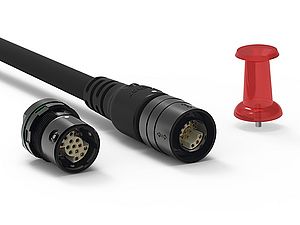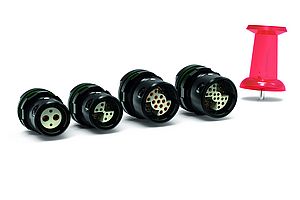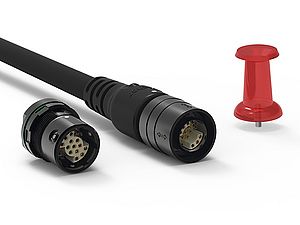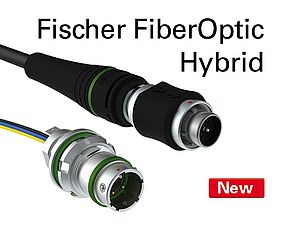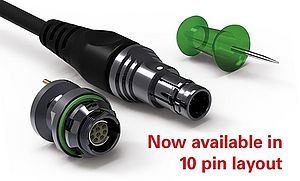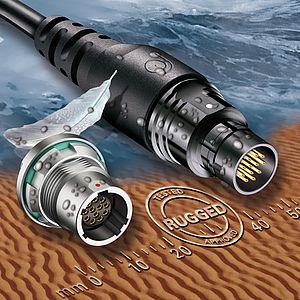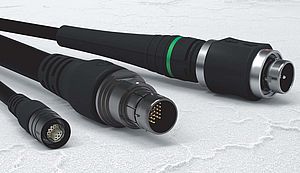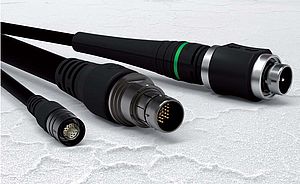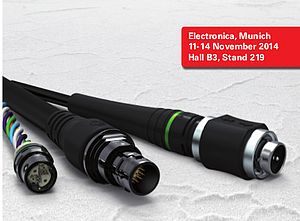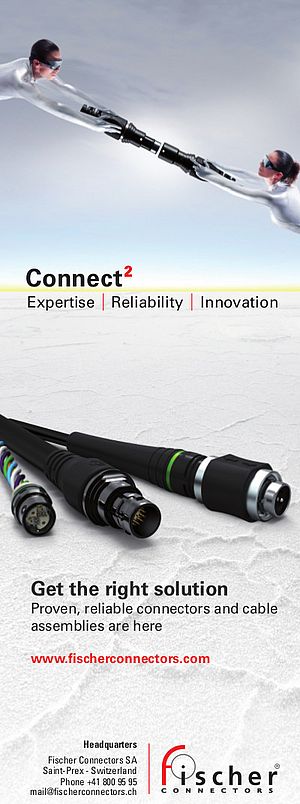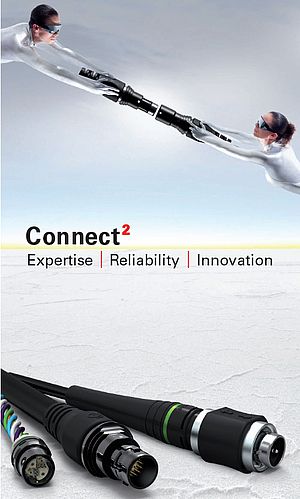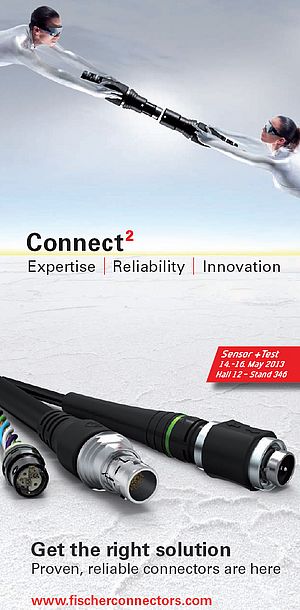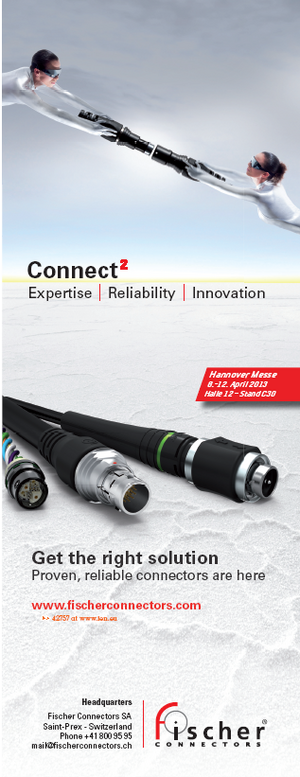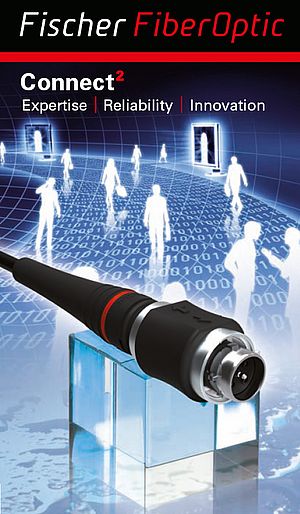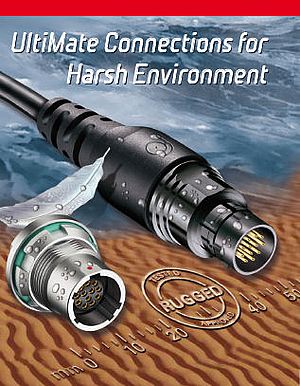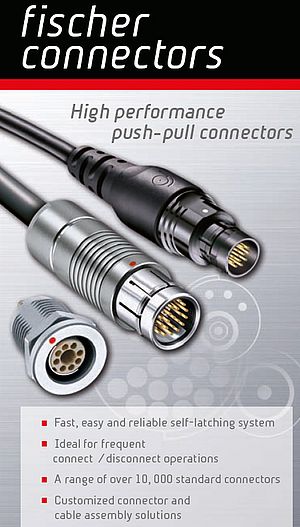Winner of the Red Dot Design Award in 2018 in its beta version, serial production of the Tundra has started in Saint Ferréol d'Auroure in the Haute-Loire. Equipped with several interfaces, it allows the integration of accessories, sensors and other modules already available or under development and thus intends to fight against obsolescence. The drone's arms are interchangeable and easy to remove, and allow to carry a payload of up to four kilos for a flight time of 30 minutes. The landing gear can be assembled and the arms screwed on in less than a minute, which allows for easy use in the field.
Alexandre Labesse, Hexadrone’s Chairman and Founder: "With this multifunctional, modular tool carrier, our customers are opening up the field of possibilities in their collaborative projects and lowering their development costs when they adapt the drone to users’ new needs and new technologies on the market. This is not possible with most of today's drones, which are designed for a single type of use and quickly become obsolete due to rapid technological advances. In response to obsolescence, we’ve opted for adaptability and durability."
Hexadrone chose Fischer Connectors' push-pull connectivity solutions to enhance the performance of the Tundra
The Tundra unmanned aerial vehicle (UAV) uses Fischer UltiMate™ and Fischer MiniMax™ connectivity solutions to cover the technical needs of integrators in terms of robustness and reliability, miniaturization, waterproofing up to IP68 and data transmission.
Guy Lacroix, Director of Fischer Connectors France: "We’ve been supporting the Tundra's innovations from the outset. Our experts are gratified to have been able to see the project through to serial production with suitable connectivity solutions. Since connectivity lies at the heart of this rugged UAV, our high-performance solutions proposed in this modular offering cover the whole range of integrators’ technical requirements in terms of robustness and reliability, miniaturization, sealing up to IP68, and data transmission".


